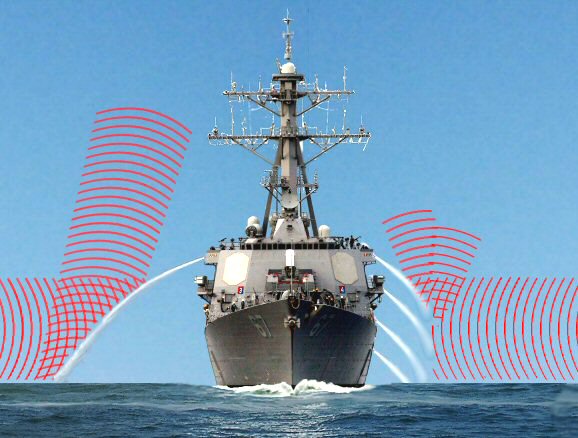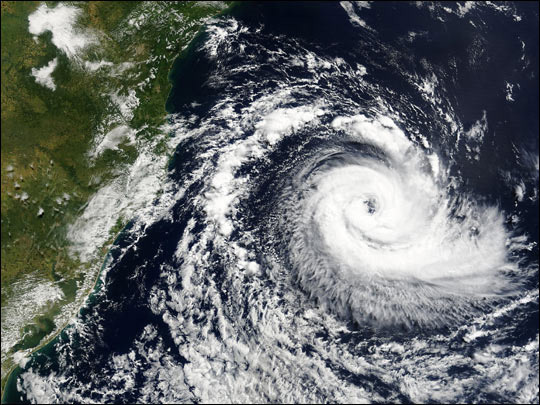
The importance of search and rescue patterns is relevant since not matter how ever developed our means may of transportation may get, the possibility of an emergency arising due to an accident or other reasons cannot be ruled out.
The moment a ship encounters an emergency and the inevitable is realized, a distress signal is given out, the signal is received by ships that are near by. Using satellite communication the signal is transmitted to all ground stations. The moment the signal is received by ground stations, ‘Search and Rescue’ (SAR) operations are started.
Certain norms or rules have been compiled to carry out the rescue operations. Certain SAR patterns have been worked out to carry out and deal with maritime emergencies. The various search and rescue patterns have been discussed below.
Types of Search and Rescue Patterns:
Before discussing the search patterns in detail, let us familiarize ourselves with the term ‘datum’. ‘Datum’ is the area where the object is believed to have been sighted.
Track Line Pattern Search: This is the first pattern that is followed for undertaking a search operation. Track line search pattern can be undertaken can be undertaken with one or more vessels. The reason for adopting this method is the assumption that the object to be searched is in the near vicinity and along the ‘track’. It is also used when the search area is large and only an approximate location is necessary. Following this pattern ensures uniform coverage.
The main vessel/s starts the search parallel to each other as shown in the diagram above. After a little distance, the vessels turn away from each other at 90 degrees. Then after a short distance they again take a right turn and move the entire length parallel to each other.
The spacing between two track lines is referred to as ‘track spacing’, or to put in simple words the distance between two parallel lines is termed as ‘track spacing’.
Expanding Square Search Pattern: This pattern can be undertaken by surface vessels or even aircraft search units. Starting at the probable location of the target, the search vessels expand outward in concentric squares.
Sector Search: The sector search is employed when the position of the body is known accurately and the search has to be carried over a small area. It is normally carried out in the area, where the casualty or the object has been sighted. The probability of detection of the object is high close to datum and spreads the search over.

On drawing the pattern it comes like the spokes of a wheel. The advantage is the search vessels cross the datum a number of times. The first step is to determine the drift and carry out the operations in that direction. The distance between two search legs is 120 degrees and it takes three searches to complete one circle.
The other patterns that are used are Williamson Turn and Oil-Rig Search.
For the Williamson Turn, after moving in a specific direction for some while, a turn is taken till the compass shows 60 degrees, once this angle is a achieved, alter the path till the compass shows 200 degrees. This follows a reciptical pattern. In the oil rig pattern, the search sectors are placed into four quadrants.


The diagrammatic representation of the both the search and rescue patterns are shown above.
Importance Of Search and Rescue Patterns,









